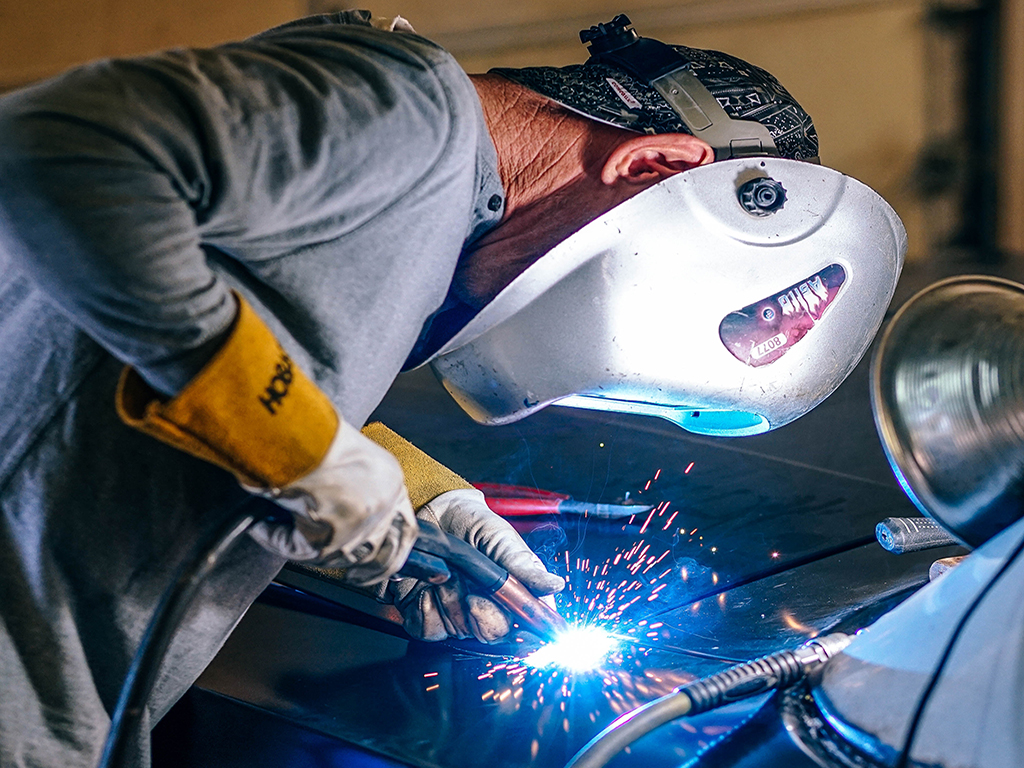Researchers develop a sensor to reduce vehicle production time
The device improves working conditions, as workers avoid having to expose themselves to high humidity levels for hours at a timeThe sensor costs less than 10 cents and replaces manual supervision to check whether a car is watertight

Researchers Xavier Vilajosana and Joan Antoni Melià, from the IN3-UOC Wireless Networks (WINE) research group, have developed a passive and wireless humidity sensor that can detect water leaks inside vehicles. By including this sensor in the production line, the time taken to assemble a standard car is significantly reduced, while at the same time workers avoid having to work for hours at a time exposed to high humidity levels.
The sensor, based on WiLD technology, solves one of the automotive industry's main operational and human management problems. “The water test is one of the bottlenecks in the car production process. This sensor can significantly shorten this process and prevent workers’ continuous exposure to high humidity levels”, Vilajosana pointed out, also underscoring that the sensor costs less than 10 cents.
Process automation
One of the stages in the vehicle assembly process is the water test to check the seals. At present, this test is done manually by the production line workers, but the UOC researchers' discovery may change this paradigm. When placed in critical locations, the WiLD technology-based sensors detect water leaks automatically without the need for manual intervention in complex working conditions. “Our technology completes the tests in milliseconds to identify, for example, imperfections in the bodywork such as holes, scratches or parts that don't fit properly and cause water leaks”, Vilajosana explained.
The sensor is applied to a fragment of paper with wireless communication capacity: it includes a passive antenna that has an electronic circuit. “We discovered that this antenna emits at a different power if it is damp”, the UOC researcher explained. “What we do is interpret the variation in the antenna's signal when it is wet”. After completing laboratory tests in a controlled environment, the research group will start a pilot test phase and hope to obtain the licence in about six months. At the same time, the University has applied for a patent from the Spanish Patent and Trademark Office.
Finding solutions to real problems
WiLD allows researchers to improve industrial productivity thanks to the time saved by the process's automation. The first target is the automotive industry, but the sensor will eventually be applied to other sectors.
In this case, Vilajosana and his team have found the inspiration for their research in the real needs of the automotive industry. It is a recurring line of work within the WINE research group. “We like to directly ask industry what problems they have and devise solutions for real problems”, he said. It aids university research by building strong ties with businesses and with the territory.
Press contact
-
Editorial department
